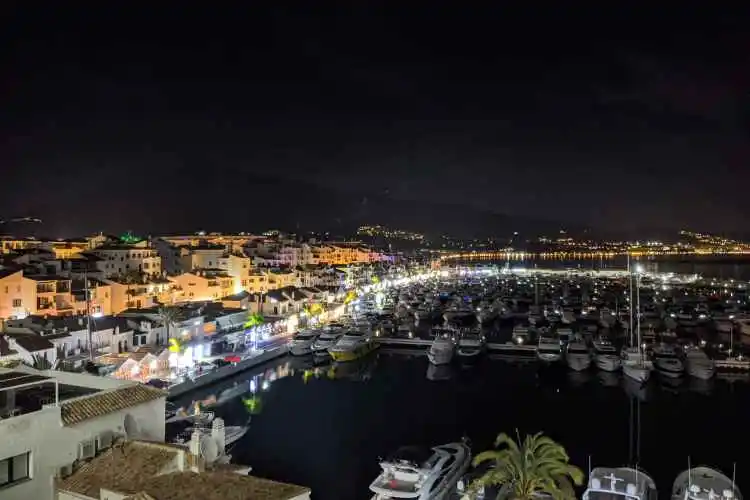Marcus Garvey Park, located in the heart of Harlem, is more than just a green space. It’s a historic site, a cultural hub, and the home of the legendary “Black Woodstock”—a music festival that brought together some of the greatest Black artists of all time. Although some parks in New York City, like Central Park and Prospect Park, get most of the attention, Marcus Garvey Park occupies a special place in African American history.
The park has been a site of activism, art and community celebrations from its involvement in the Harlem Renaissance to its association with the civil rights movement. But the park is most closely identified with the 1969 Harlem Cultural Festival, or “Black Woodstock.”
A Brief History of Marcus Garvey Park
Previously named Mount Morris Park and renamed in 1973 after that Jamaican-born political leader and An activist who supported Black pride and encouraged independence. The Harlem landmark is today a site of pride for the surrounding neighbourhood. Garvey had a significant impact on Harlem and the renaming of the park was a nod to his legacy.
The park itself has existed since 1840, making it one of the oldest public parks in New York City. It sits between 120th and 124th Streets, covering 20 acres of land. Over the years, it has served as a gathering place for Harlem’s residents, providing a space for concerts, festivals, and political rallies.
The Harlem Cultural Festival: Black Woodstock
In the summer of 1969, while Woodstock was making headlines as a symbol of hippie culture and rock music, another festival was happening in Harlem. The Harlem Cultural Festival, known today as Black Woodstock, was a six-week celebration of Black music, culture and pride.
The festival, held in Marcus Garvey Park, drew more than 300,000 people and included performances by legendary artists like:
- Stevie Wonder
- Nina Simone
- B.B. King
- Sly and the Family Stone
- The 5th Dimension
- Gladys Knight & The Pips
- Mahalia Jackson
The festival’s massive impact was mostly lost to mainstream history. Unlike Woodstock, which was heavily covered and documented, the Harlem Cultural Festival didn’t get the same treatment. That was until 2021, when the filmmaker Questlove released his documentary Summer of Soul, which highlighted never-before-seen footage of the festival, putting Black Woodstock back in the spotlight.
Why Was Black Woodstock Significant?
The Harlem Cultural Festival was more than a music festival — it was a political and cultural statement. At a time when the Civil Rights Movement was in full swing, struggling for equality, the festival celebrated Black excellence and belonging.
Here’s what made Black Woodstock so significant:
Highlighted Black Music & Talent – The festival gathered the biggest stars in soul, jazz, gospel and R&B.
Represented Black Pride – A period when Black culture was being celebrated in public, empowering a generation.
Provided An Alternative To Woodstock — If Woodstock was about rock music and counterculture, then Black Woodstock was about Black artists and the distinct sounds of Harlem.
Drove Home Message of Music to Social Change – Many of the performers made comments on racial injustice, civil rights and the power of Black identity.
The festival was a happy way to break the rules —a way for the Black community to celebrate itself despite the struggles of the time.
Marcus Garvey Park Today
Marcus Garvey Park is a culturally and recreationally valuable space in Harlem. It features:
- Parks and hiking trails for relaxation
- The Richard Rodgers Amphitheater, where concerts and plays are performed
- Sports lovers basketball courts
- Playgrounds for children
After Summer of Soul renewed interest in Black Woodstock, the park has become a symbol once again of the musical and cultural history of Harlem. Annual festivals and concerts now honor its legacy, maintaining the spirit of the Harlem Cultural Festival.
also read : – What is a Darry Ring? Everything You Need to Know
Final Thoughts
Marcus Garvey Park is more than just a park—it’s a historical landmark that tells the story of Harlem’s resilience, culture, and pride. As the home of Black Woodstock, it played a crucial role in shaping Black music and history.
While Woodstock became famous worldwide, the Harlem Cultural Festival was just as powerful, if not more. Thanks to recent efforts, its impact is finally being recognized. Next time you’re in Harlem, take a walk through Marcus Garvey Park. Feel the energy, listen to the music, and remember the legacy of Black Woodstock.

































